
One of the first things anyone learns about Philadelphia's Benjamin Franklin Parkway is that it was inspired by and modeled after none other than the world's most famous grand axial boulevard, the Avenue des Champs-Elysées in Paris. One small bonus of spending time in Paris is the great opportunity to think about the two avenues by comparing them side by side in photographs. As fond of Paris as I am, I am simply more inclined to approach the comparison as Philadelphian, and it is mainly the Parkway that I will be focusing on in this small series.
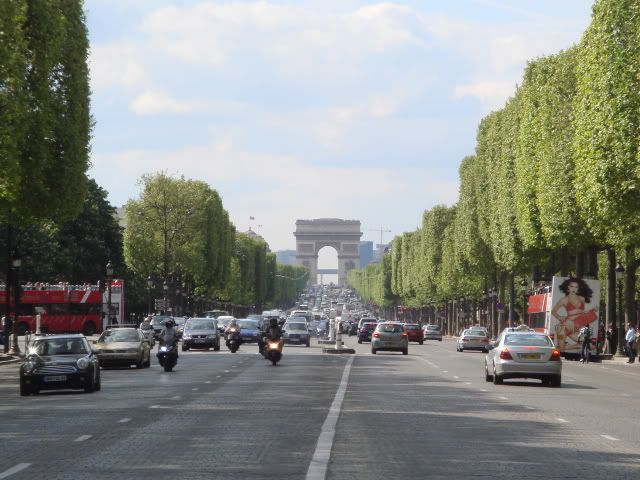
The product of great civic ambition, the City Beautiful movement, and burgeoning industrial wealth, plans for the Parkway were prepared largely by Jacques Gréber and Paul-Phillippe Cret, both of French origin. After decades of visions and planning, construction of the road itself ended in 1926. The new avenue pierced diagonally through the city's grid, linking the city's stunning new City Hall to the newly created Fairmount Park.
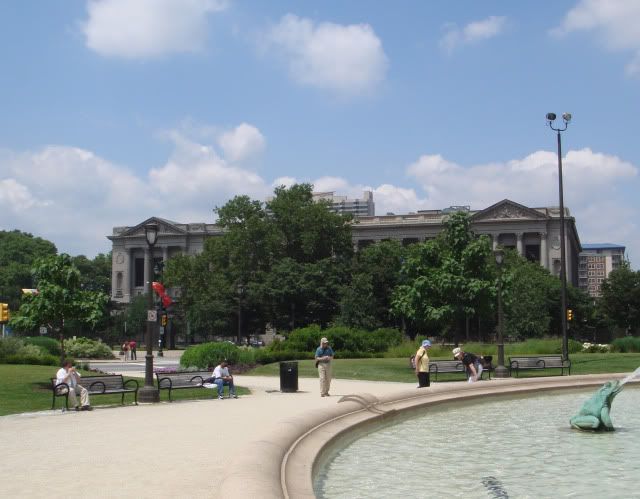
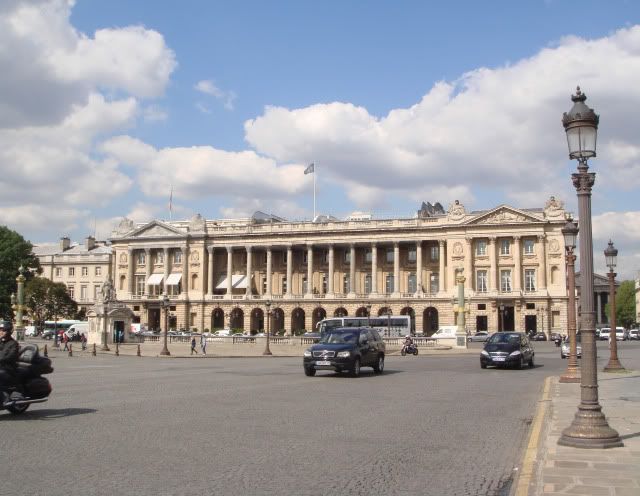
The similarities between the two avenues are fairly obvious. Both have two distinct sections: a lush, tree-lined portion flanked by green park space, as well as a more "urban" strip very much in the city. Each avenue terminates at one end at its city's grandest art museum (the Philadelphia Museum of Art, the Louvre). Logan Circle and the Place de la Concorde are both glorified traffic circles. Not to mention that the Free Library of Philadelphia and Family Court are carbon copies of the Hôtel de Crillon and the Hôtel de la Marine, respectively.
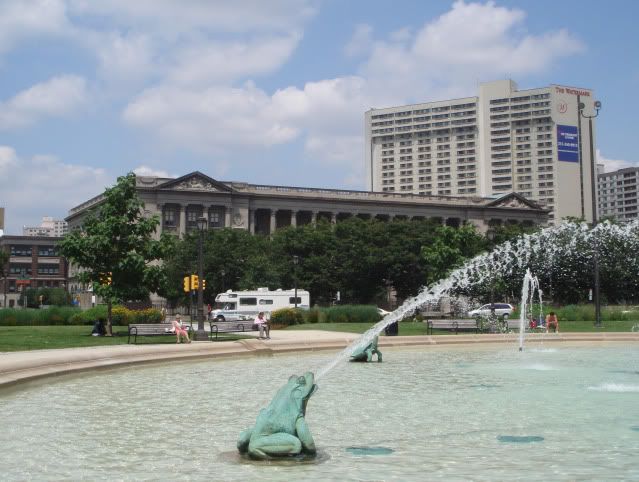
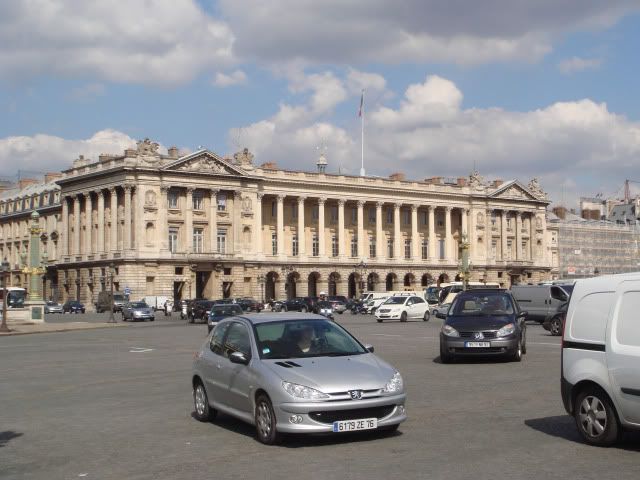
 One of the first things anyone learns about Philadelphia's Benjamin Franklin Parkway is that it was inspired by and modeled after none other than the world's most famous grand axial boulevard, the Avenue des Champs-Elysées in Paris. One small bonus of spending time in Paris is the great opportunity to think about the two avenues by comparing them side by side in photographs. As fond of Paris as I am, I am simply more inclined to approach the comparison as Philadelphian, and it is mainly the Parkway that I will be focusing on in this small series.
One of the first things anyone learns about Philadelphia's Benjamin Franklin Parkway is that it was inspired by and modeled after none other than the world's most famous grand axial boulevard, the Avenue des Champs-Elysées in Paris. One small bonus of spending time in Paris is the great opportunity to think about the two avenues by comparing them side by side in photographs. As fond of Paris as I am, I am simply more inclined to approach the comparison as Philadelphian, and it is mainly the Parkway that I will be focusing on in this small series. The product of great civic ambition, the City Beautiful movement, and burgeoning industrial wealth, plans for the Parkway were prepared largely by Jacques Gréber and Paul-Phillippe Cret, both of French origin. After decades of visions and planning, construction of the road itself ended in 1926. The new avenue pierced diagonally through the city's grid, linking the city's stunning new City Hall to the newly created Fairmount Park.
The product of great civic ambition, the City Beautiful movement, and burgeoning industrial wealth, plans for the Parkway were prepared largely by Jacques Gréber and Paul-Phillippe Cret, both of French origin. After decades of visions and planning, construction of the road itself ended in 1926. The new avenue pierced diagonally through the city's grid, linking the city's stunning new City Hall to the newly created Fairmount Park.
 The similarities between the two avenues are fairly obvious. Both have two distinct sections: a lush, tree-lined portion flanked by green park space, as well as a more "urban" strip very much in the city. Each avenue terminates at one end at its city's grandest art museum (the Philadelphia Museum of Art, the Louvre). Logan Circle and the Place de la Concorde are both glorified traffic circles. Not to mention that the Free Library of Philadelphia and Family Court are carbon copies of the Hôtel de Crillon and the Hôtel de la Marine, respectively.
The similarities between the two avenues are fairly obvious. Both have two distinct sections: a lush, tree-lined portion flanked by green park space, as well as a more "urban" strip very much in the city. Each avenue terminates at one end at its city's grandest art museum (the Philadelphia Museum of Art, the Louvre). Logan Circle and the Place de la Concorde are both glorified traffic circles. Not to mention that the Free Library of Philadelphia and Family Court are carbon copies of the Hôtel de Crillon and the Hôtel de la Marine, respectively.

No comments:
Post a Comment